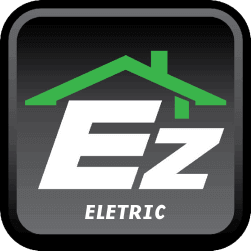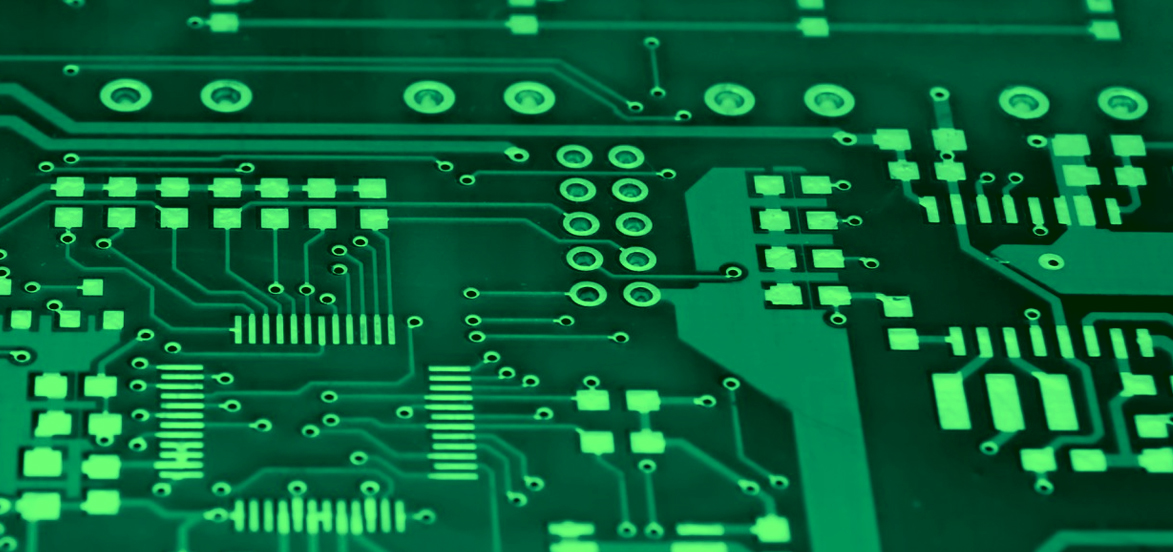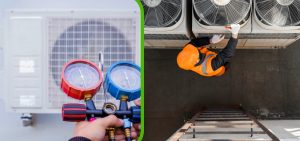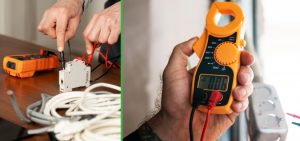What Causes Printed Circuit Board to Fail?
Introduction
Printed-circuit-boards or PCBs are an essential part of almost every electronic gadget applicable in domestic appliances. Industrial appliances also use PCBs to operate, and they can vary in size and complexity depending upon the device. A simple PCB is in your table lamp, and your computer motherboard is an example of a complex circuit board. However, PCB operates all the parts of an appliance and also connects different electronic aspects.
Designers can create PCB designs manually or automatically with the help of special machines. PCB designers create manual designs with the help of a CAD designing tool. On the other hand, the automatic router helps create designs automatically using premade templates.
Designers usually like making their PCB because it lets them implement their designs, optimal for the hardware. AC and other domestic electrical devices use PCB, which is custom-made for the hardware in implementation. Even your cellphone has an intricate but small PCB that connects all the processing parts so that they can efficiently communicate and find solutions. Big organizations have better resources and can create compelling designs of PCB in a much-uncomplicated manner.
Hence, it is very essential to understand the causes of PCB failure and how you can avoid them.
Why Circuit Boards Fail?
1. Defects in Material Selection
Choosing what design materials to use is one of the essential aspects to consider when making a PCB. Most organizations opt for the general standards, but that can also lead to several PCB failures. Instead, you should always select a PCB that fits the operational needs and temperatures of your circuit’s location.
The way of doing so is to have thorough studies about the area and condition of your PCB. Before release, the appliance’s regular tests can also give feedback about its parts and how efficient the PCB is. Some of the most common PCB materials are FR-1 to FR-6, G-10 and G-11, CEM-1 through CEM-5, aluminum, and metal substrate.
2. Poor Design Verification
Incorrect placement of components in the circuit board can also be a significant issue behind the PCB failure. Power failure and overheating of the PCB are just a few issues because there is a lack of space on the PCB. The substrate and laminate stack is one of the essential aspects of achieving stability in the material.
Bad stacking and design of the material can make the substrate fail and burn, removing the connection between two points. The designer must be aware of his choices during the placement of links for accurate heat dispersion among the non-conductive substrate. This won’t be an issue when you hire an experienced electrician from EZ Eletric. We take care of every minute detail and provide quality services.
3. Soldering Issues
Solder bridges are unintentional connections between conductive and functional parts of the board. These bridges can exist between adjacent traces and pads. Such bridges can severely burn and damage the board because they short circuit with each other.
Moreover, solder bridge issues can occur for many different reasons, such as lousy solder paste stencils or placement registration. Messy assembly lines and clumsy workbenches can elevate the issue even more. Soldering naturally wicks towards the hot metal and other metal solder bridges. When the solder metal starts flowing, it has a lot of surface tension because of the cold exterior. But if anything disturbs that tension, the metal will flow, leading to a bridge between two solders.
4. Overheating
Overheating can be a symptom of many issues in a PCB but is one of the major causes of its breaking. Also, overheating can result from poor design, material selection, faulty parts, inefficient heat management solutions, and wrong component placements.
Inadequate heat management can happen when the designer chooses to place the circuit board too close to the functional parts. The effect of high temperatures can differ, but you should always select the PCB material that matches your appliance’s heat ratings. Components in your PCB, such as the resistors, capacitors, and semiconductors, have parameters that change as they rise or fall in temperature. Manufacturers often provide thermal ratings that specify safe operation limits of power and current airflow as well as ambient temperature.
5. Exposure to Dust and Moisture
Dust is everywhere, and it will collect inside your appliance if you use it regularly. With airflow, tiny dust particles flow inside and collect in filters and other places where there is a nook. Dust and moisture also accumulate on PCBs inside the product’s enclosures and increase the risk of experiencing an electrical breakdown over time.
Electrical breakdowns put the user and nearing environments at a shock risk and can even result in a product fire. The product PCB should match the insulation requirements to guard it against the harmful effects of environmental pollution. The user also has to pay significant attention to ensure less dust and moisture gets collected on the PCB.
6. Physical Damage Caused When Appliance Falls
Your expensive device falling is a big deal for everyone, and the faces have an ‘o’ shape whenever it happens. For the person who does not own the appliance, it might even be funny. But it is not funny for the makers, owners, and the appliance itself. The PCB can easily break if the appliance slips from your hand. It is often written on the boxes as ‘handle with care, fragile,’ because of this very reason, ignoring it can damage the essential components including PCB. Our installation experts always pay attention while fixing the appliance on the spot.
7. Ageing
PCBs age with application and will stop functioning over a period. Even if the product is on the shelves, it is collecting dust and getting old. Some dust will find its way inside and with time it will catch up, making the board obsolete. In the PCB manufacturing industry, the makers try ageing the product before testing them with extreme stress. The usual time on shelves for test subjects is usually 10-12 months.
Good PCB manufacturers take the product for dust and moisture testing from an hour stream to several month sessions of humid and dusty climates. All of these climates are intentional for tests to make sure the board will function under stress.
Can Circuit Boards Be Repaired?
When PCBs receive damage or are faulty, how do you know which ones are repairable and which ones are dead beyond hope? There are a few repair guidelines that define their condition-
- PCBs that do not have extensive damage on them are easily repairable.
- The PCB condition for repair can also depend upon the functional issues it faces during its operation period.
- Some electronic PCBs are not in repair allowance lists.
- Some base materials for PCB are not repairable by any method.
The failure that PCBs encounter also have classifications for the type of damage they receive-
- Physical Damage to PCBs – When you drop your appliance on the ground and the PCB shatters, you will notice that some appliance parts are working and some are not. The PCB will have to go through remanufacturing for damaged parts, and that is an expensive solution. The process includes melting the part of PCB that receives damage, then disassembling all components, and finally reassembling all of them. The complexity of this process makes it strictly out of the leagues of DIY projects. Rely on EZ Eletric experts to fix repairable damages in your appliances.
- Component Failure in PCBs – Using the voltage measuring tools, you can check if electricity is transferring from the PCB or ultimately failed. We call a broken PCB a failed component, and they are not repairable. You can remanufacture the board, and it will all come to life again, same as physical damage.
- Trace Damages – You can trace the damage of your PCB if it is visible. They look bright in color because they are silver or copper. Some can be thin but still visible enough.
- Poor PCB Design Failure – Such design faults often happen, and you can easily detect a shady PCB by looking through the component implementation. It is not worth repairing a lousy PCB design, and the wiser choice is to get a good PCB instead.
Conclusion
PCBs are electronic parts that help run almost every piece of electronic equipment in the market. And like every electronic piece of equipment in the market, they break down as well. PCBs can break down because of a lot of reasons, such as environmental effects or physical damage. Each type of damage also defines its possibility of repair. So, good care of every PCB is just like all necessary interior equipment or other components. PCBs also take damage because of dust and moisture as they are electronic equipment and react to humidity in the air.
If you have PCB damage, sometimes you can repair it with DIY soldering projects. But critical damage is hard to counter and will degrade the quality of your circuit board. Sometimes, doing DIY PCB projects can further damage your product if you do not possess sufficient experience. So, it is always better to get professional assistance from EZ Eletric with broken circuit boards instead of working on them yourself.







